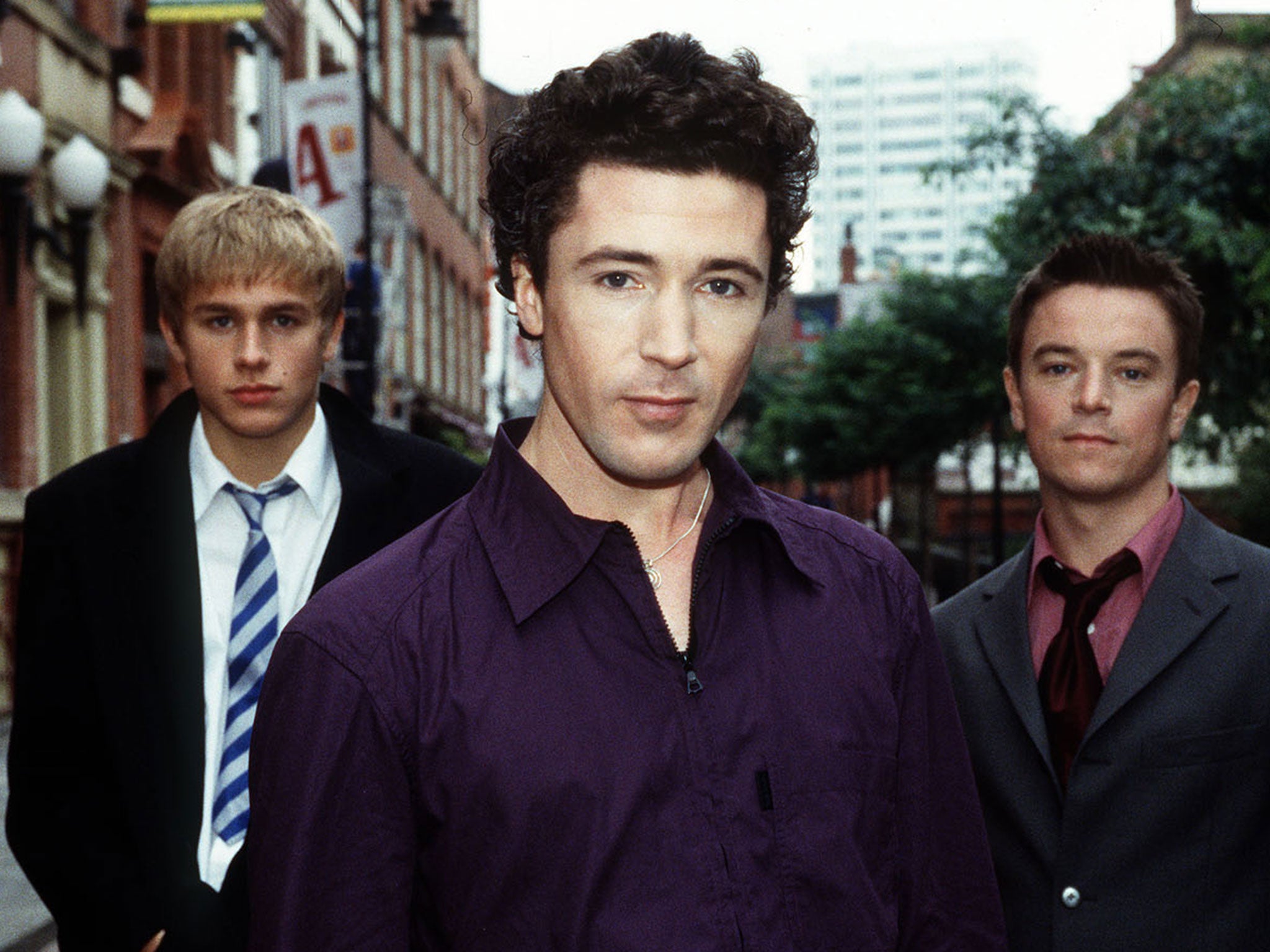Twenty years on, Queer as Folk remains a more radical and fearless tribute to gay life than many LGBT+ shows today
The fact that gay sex remains a taboo within the mainstream – with films like 'Bohemian Rhapsody' and 'Call Me By Your Name' facing criticism for 'airbrushing' it from the screen – only reinforces the show’s path-breaker status


Your support helps us to tell the story
From reproductive rights to climate change to Big Tech, The Independent is on the ground when the story is developing. Whether it's investigating the financials of Elon Musk's pro-Trump PAC or producing our latest documentary, 'The A Word', which shines a light on the American women fighting for reproductive rights, we know how important it is to parse out the facts from the messaging.
At such a critical moment in US history, we need reporters on the ground. Your donation allows us to keep sending journalists to speak to both sides of the story.
The Independent is trusted by Americans across the entire political spectrum. And unlike many other quality news outlets, we choose not to lock Americans out of our reporting and analysis with paywalls. We believe quality journalism should be available to everyone, paid for by those who can afford it.
Your support makes all the difference.In 2016, during the final weeks of Barack Obama’s presidency, Oprah Winfrey sat down with Michelle Obama as she prepared to return to civilian life. During the interview, Winfrey divulged to the former first lady that she became successful in television after she began thinking of her role as a form of “public service”. Winfrey has certainly made more money than your typical public servant, yet her billionaire status doesn’t change the fact that, just as she theorises, outstanding TV can be just that.
Queer as Folk, which turns 20 today, is one of those rare flickers of brilliance. Created by gay screenwriting icon Russell T Davies, the show follows the lives of three gay men – best friends Stuart Jones and Vince Tyler, and 15-year-old Nathan Maloney – living in Manchester’s gay village.
Channel 4’s decision to commission Queer as Folk, reportedly investing £3m in the first eight episodes, wasn’t just brave – it was fearless. In 1999, the British Social Attitudes survey revealed that a staggering 49 per cent of British people thought homosexual relationships were either “always wrong” or “mostly wrong”. In fact, the first episode aired on the same day the House of Lords debated the Sexual Offences Bill 1999, which eventually reduced the age of consent for homosexual couples to 16.
Male homosexuality was only partially decriminalised in 1967. Gay sex was still banned between more than two people. Photographing or distributing sexual material and gay sex that occurred anywhere other than in an empty private residence were also banned. An aggressive, targeted police campaign saw convictions for gay sex rise by 300 per cent in the 1970s, continuing into the early eighties. In 1998 – a year before Queer as Folk premiered – seven men in Bolton were convicted under these laws and two were given suspended jail terms. When Queer as Folk debuted in 1999, Section 28 – the government policy that banned the promotion or mention of homosexuality in public authorities – was still in effect. New Labour’s landslide 1997 election victory had brought a quiet optimism that change was coming, but gay men were still starved of cultural reference points.
As a dramatisation of gay urban life in the 1990s, Stuart, Vince, and Nathan are just as much characters as gay male archetypes. Russell T Davies bravely chose not to depict these gay characters as perfect, or pander to “acceptable” norms designed to please a straight audience. Throughout the show, its protagonists were faced with difficult dilemmas. They were often reckless, impulsive and even selfish. Davies highlighted the hilarious things that made them tick, even when their behaviour seemed irresponsible or flirted with underlying mental health and substance abuse issues.
Queer as Folk was radically sexy and fun. In 1999, the gay community was still reeling from the Aids crisis while continuing to navigate a hostile press. To many, gay sex was still synonymised with death, secrecy and shame. Yet Davies highlighted how important sex can be to both gay and urban male identities without shying away from when this can verge on unhealthy dependency. Twenty years on, the fact that gay sex remains a taboo within the mainstream – with films like Bohemian Rhapsody and Call Me By Your Name facing criticism for “airbrushing” it from the screen – only reinforces the show’s path-breaker status. Even the use of the word “queer” – originally an insult that, at this point, had not been fully reclaimed by the LGBT+ community in the way it has now – was bold and confronting.
Each week, friends gathered to watch the next chaotic Canal Street adventure. People stayed up past their bedtime to watch in secret, only to whisper through recaps the next day with friends who were “in the know”. With queer women and heterosexual characters too, it wasn’t just for gay men. Davies’s friend and collaborator Nicola Shindler of RED Production Company, who he would later work with again on Casanova and Cucumber, said that half of Queer as Folk’s viewers were women. Friends of mine remember watching it with their parents and, afterwards, awkwardly discussing what they’d just seen. In so many ways, it helped to move the needle.
That’s not to say it was perfect. Looking back, just as with its successful US version, there was a staggering lack of racial diversity. A 15-year-old having sex with an adult in episode one – which received 136 complaints to Ofcom at the time – probably wasn’t the best choice either.
Yet the beauty of the vacuum-like world Davies dreamt up in the meandering streets of Manchester’s gay village is that it can be accessed by anyone. On a base level, it speaks to anyone who’s ever moved to a city with hopes of finding “their people”. I discovered the show on 4oD during my final months of high school, about to move to university. A few months later, I moved to Brighton – the only UK city outside London with a queer scene to rival Manchester – to start an adventure of my own.
With just ten episodes in total, before the time when entire TV shows could be binged in a weekend and gentrification threatened so many queer venues, Queer as Folk tapped into gay culture when the mainstream wasn’t ready to talk about it. The show’s chaotic, self-assembled family put complicated gay narratives in the spotlight and gave so many people a much-needed dose of hope, highlighting the importance of queer spaces and friendships. At a pivotal point in my life, Queer as Folk made me feel that being gay was not only going be fine, but it was going to be fun too.
Join our commenting forum
Join thought-provoking conversations, follow other Independent readers and see their replies
Comments